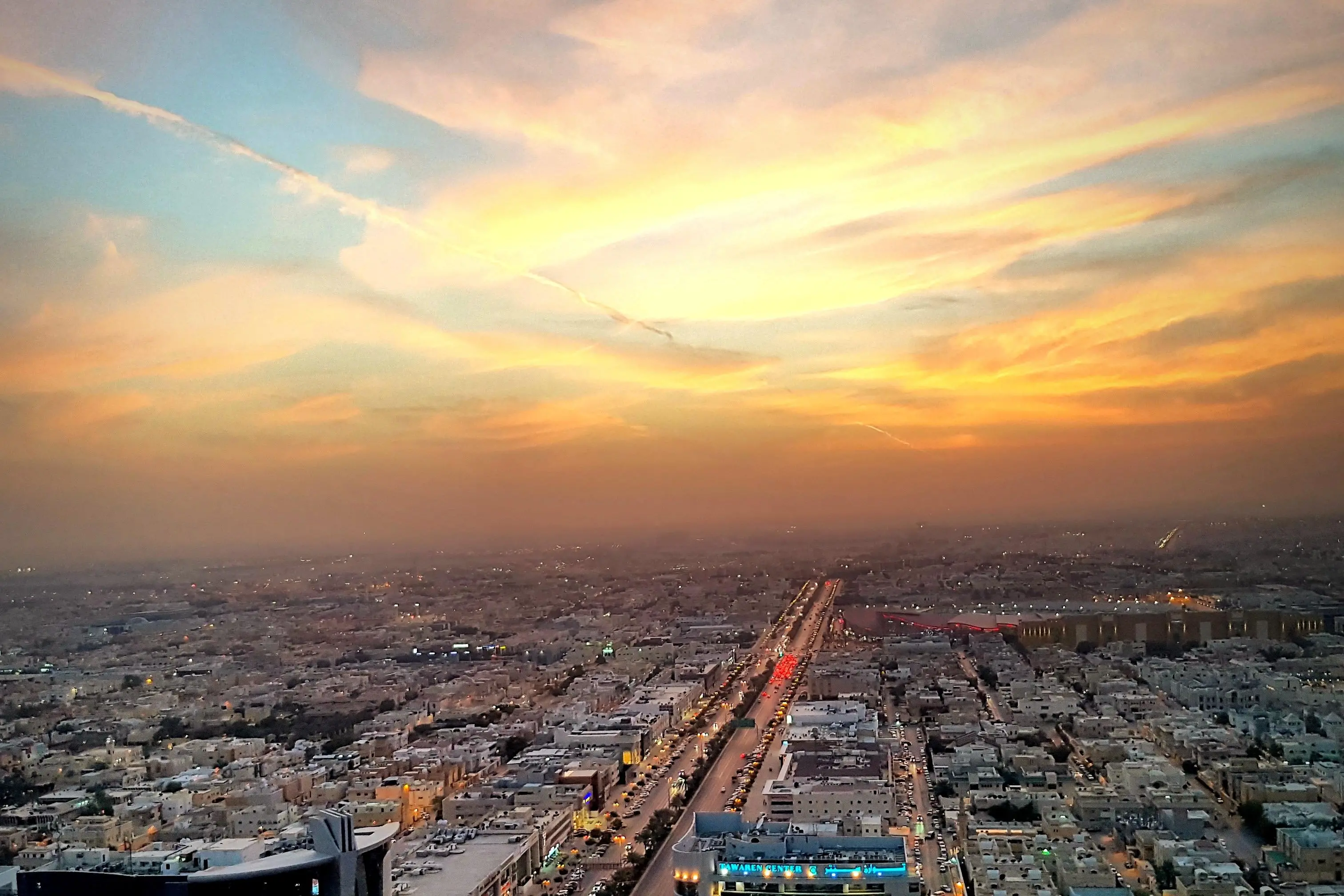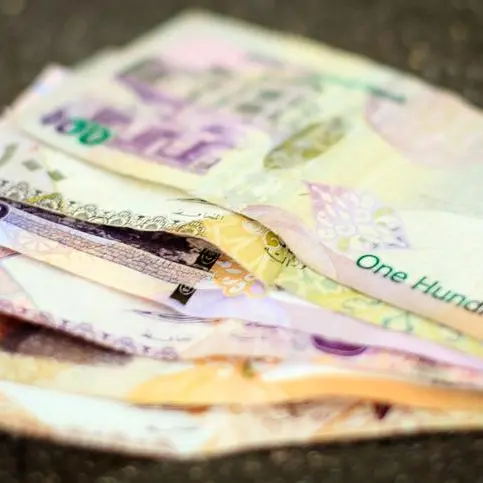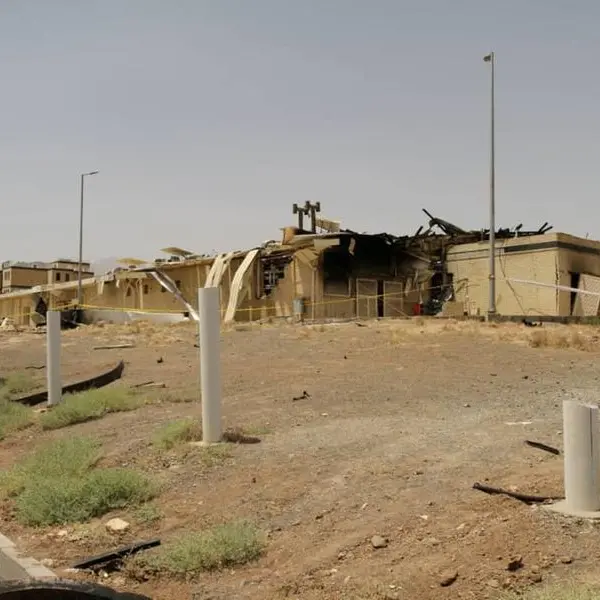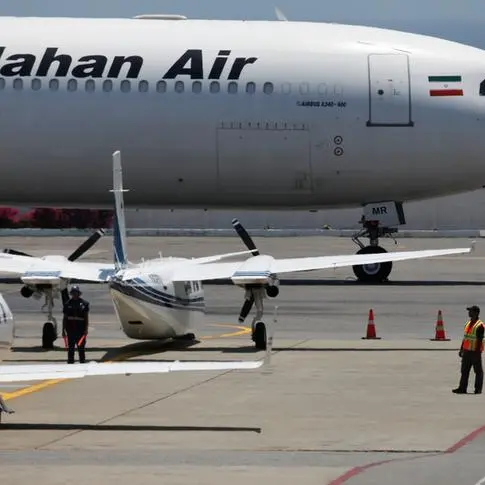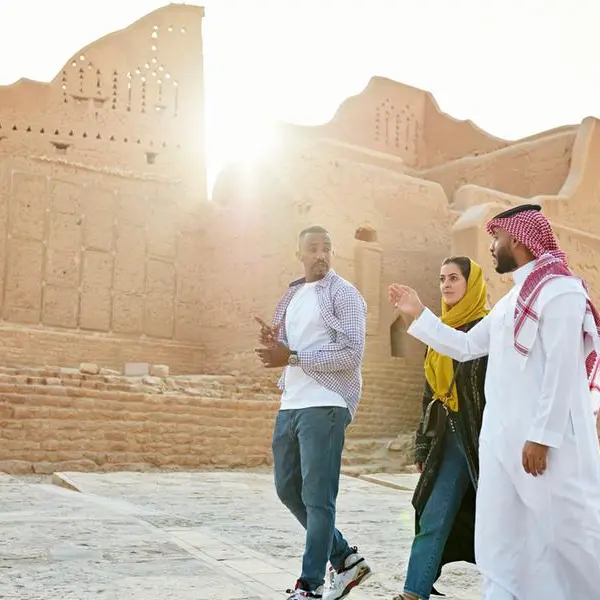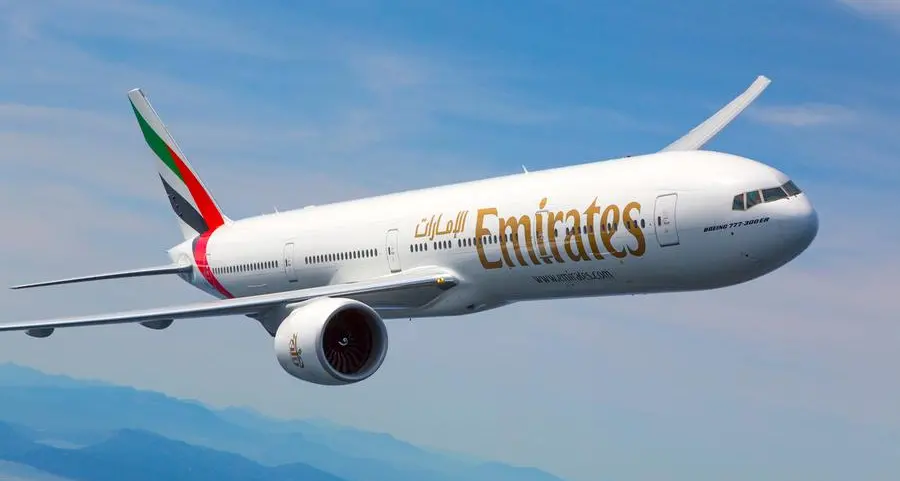PHOTO
Rents and sale prices in Riyadh's residential property market have declined over the past 12 months, and are set to fall further in the year ahead as new supply comes onto the market, according to CBRE.
The company's Riyadh Market Snapshot published on Monday stated that villa sale prices in Saudi Arabia's capital dropped by 4 percent year-on-year in 2018, while apartment prices fell by 3 percent. Rental rates for Riyadh villas fell by 6 percent, while apartment rents dropped 4 percent.
In an emailed response to questions from Zawya, Gabriella De La Torre, a strategic advisory expert within CBRE's Middle East, North Africa and Turkey (MENAT) region, said residential prices fell "primarily as a result of new supply entering the market".
"Moving forward, we expect rental performance to decline at a slower rate, in line with new supply deliveries," she said.
The report stated that the current supply of residential units in stands at 1,252,000, and that a further 130,000 units are going to be added by 2022.
A press release accompanying the report stated that there is an ongoing focus by the Saudi government to provide Saudi citizens with more affordable homes.
“The Saudi Ministry of Housing has been particularly active in meeting such demand through a number of programs including the ‘Sakani’ initiative aimed at increasing the national rate of home ownership to 70 percent by 2030,” it said. The report said that 24 new housing projects have been announced under the Sakani programme over the past two years, with a large number of these being partnerships with private sector companies.
“Although there have been greater deliveries of affordable housing options over recent months, there still remains an opportunity for this type of development in the city,” De La Torre said.
In the commercial property market, rents for prime office space dropped 4 percent year-on-year to between 1,000-1,500 Saudi riyals ($266.67-$400) per square metre, per year. Rents for secondary space dropped 7 percent to 550-900 riyals per square metre, per year.
De La Torre said that new supply has “placed downward pressures particularly on secondary office locations and older office supply”.
"As new supply deliveries continue to enter the market, it is expected that there will be greater competition within the office sector. Landlords, particularly those of lower grade and older office space, may increasingly need to offer discounts and incentives in order to attract and retain tenants."
New office supply is also likely to lead to further pressure on rentals, with 900,000 square metres of gross leasable area (GLA) due for delivery by 2022 - a 21 percent increase on the existing GLA of 4.2 million square metres.
CBRE's report said that it expects some of the new supply to be taken up by SMEs in the private sector as government reform efforts take hold, and De La Torre said that vacancy rates “have remained stable over the past year”, ranging from 10-25 percent, depending on the location and quality of the building and its amenities.
Supply in the city's hotels market is also predicted to ramp up - CBRE's report suggests a 36 percent increase in the number of keys by 2022, with 5,760 new rooms due to be added to the existing supply of 16,100. This is despite the fact that average daily room rates dropped by 10 percent last year to 580-700 riyals per room, and that occupancy levels stood at between 50-56 percent.
Business and pleasure
De La Torre said the market is currently driven by demand from corporate and business travellers, but argued that this is likely to change as the leisure and entertainment aspects on offer in Riyadh expand.
“The reintroduction of cinemas and hosting of large events, such as the Ad Diriyah E-Prix, are a few examples of this offering expanding in the past year alone,” she said.
Competing real estate consultancy JLL MENA published its predictions for the Saudi market in 2019 last week. It forecast the number of rooms would increase by around 4,000 by the end of 2020, bringing the total to 17,700 rooms.
For the residential market, it predicted the addition of 60,000 new homes in Riyadh over the next two years, and also said that the “affordable housing sector will continue to drive activity”.
Further reading:
- Saudi real estate to witness ‘healthy correction in 2019’
- Saudi home ownership up by 3.4% in 2018
- Saudi Arabia to boost hotel room numbers: report
- Deal signed in Saudi to localize 80,000 jobs in real estate, contracting
- Housing rents fall in Saudi Arabia on expat departures, economic reforms - analysts
(Reporting by Michael Fahy; Editing by Mily Chakrabarty)
Our Standards: The Thomson Reuters Trust Principles
Disclaimer: This article is provided for informational purposes only. The content does not provide tax, legal or investment advice or opinion regarding the suitability, value or profitability of any particular security, portfolio or investment strategy. Read our full disclaimer policy here.
© ZAWYA 2019
